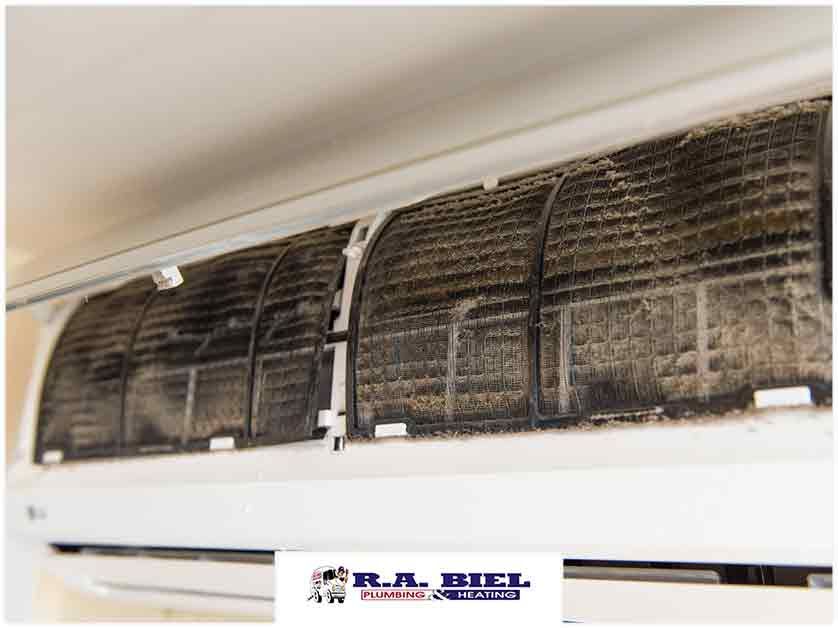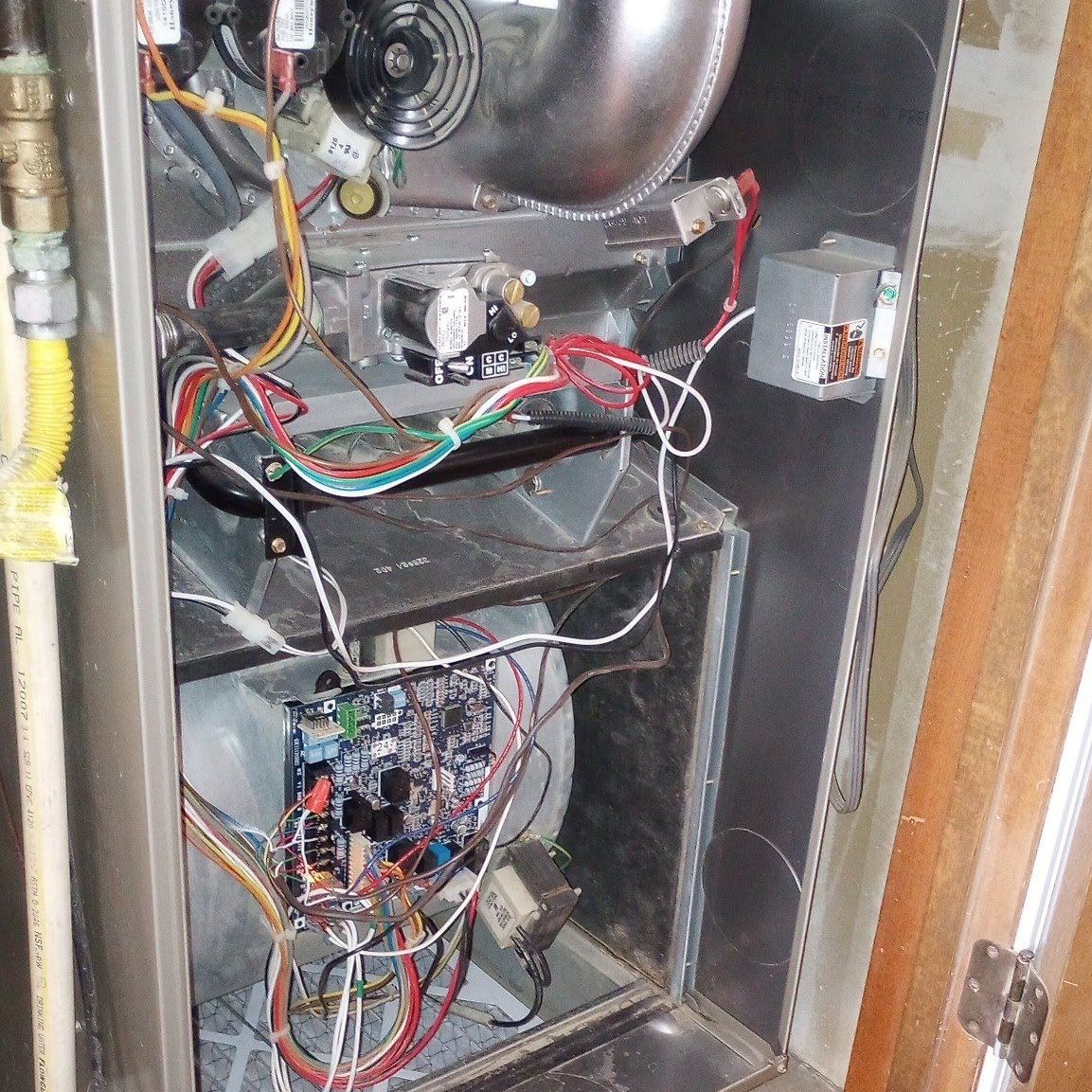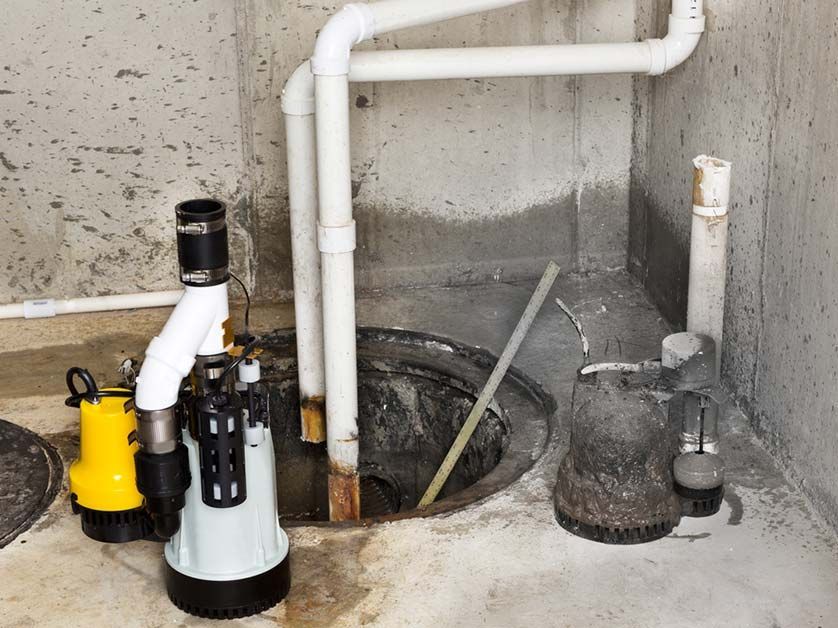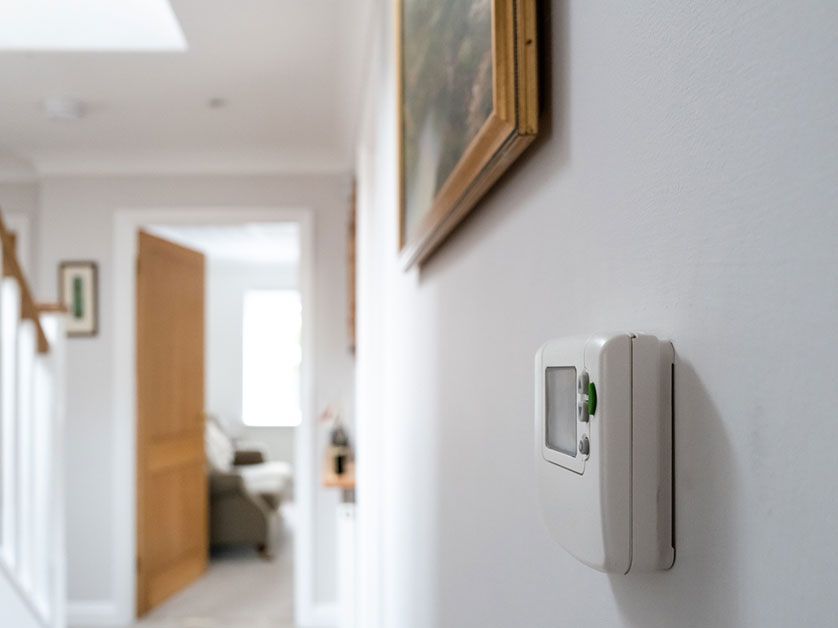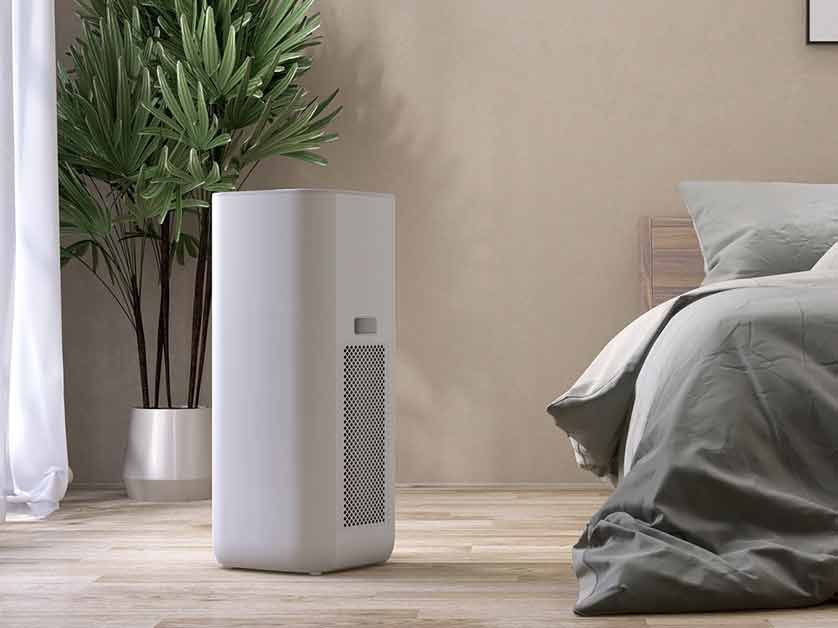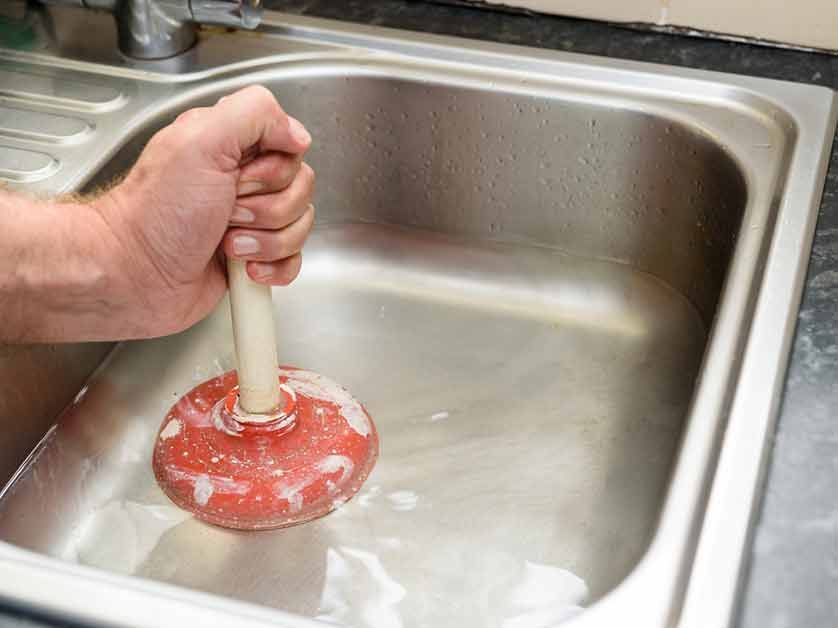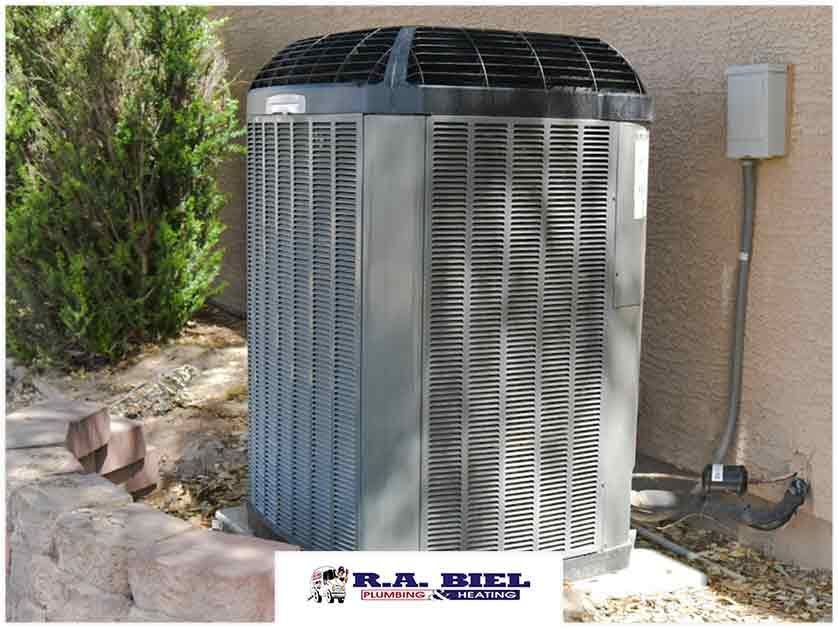Clearing Clogs: Drain Snaking or Hydro-Jetting?
Pipes accumulate dirt and debris that can end up clogging your plumbing system. The blockage could be the result of accumulated grease, food waste and other substances. Much like how an HVAC system needs air duct cleaning services to prevent dirt buildup, your pipes also need to be cleared to ensure an unobstructed flow.
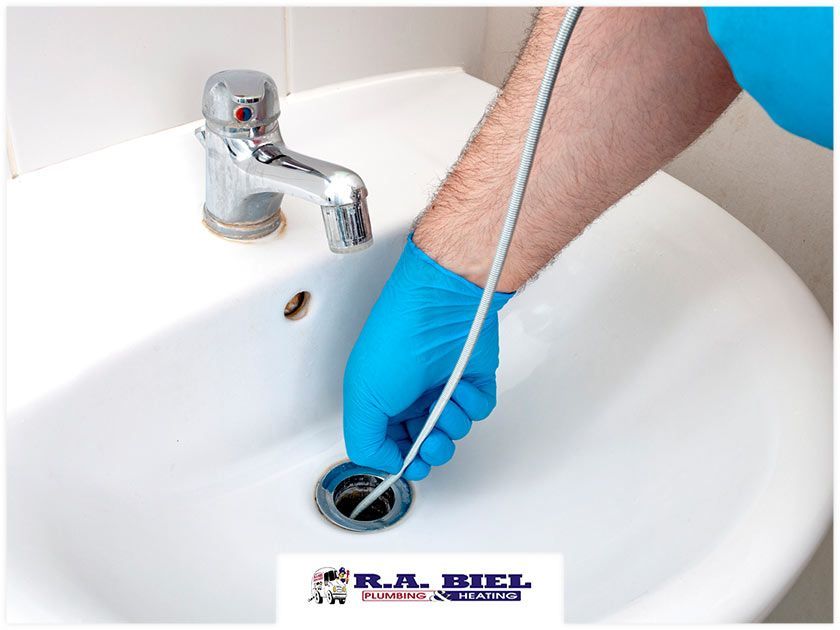
For clearing clogged pipes, there are two options that you can choose from — drain snaking and hydro-jetting. What’s the difference between the two, and which will effectively get rid of the clog? Trusted HVAC maintenance and plumbing expert R.A. Biel Plumbing and Heating discusses them below.
What Is Drain Snaking?
Drain snaking uses a plumbing auger, a tool that looks like a long steel cable with a coil or spiral on the end. The cable enters the pipe or line, pushes onto the clog or obstruction, then rotates and penetrates the material. The coils, while rotating, will then remove the blockage as it continuously spins and pushes into it further. This process continues until the clog is removed and sewage or other materials can flow freely again.
The first coil designs had blades and were initially used to cut through tree roots that had grown into sewer pipes. Nowadays, there are many variations to the initial design to better address different types of plumbing problems.
Drain cleaning tools such as top snakes, mini-rooters, toilet augers and large drain snakes are designed for different types of issues and different pipe sizes. Some use electric motors to rotate and push into the pipe and the clogs, while others are designed to be manually operated by hand and used in households. Regardless of how exactly they work, these tools are meant to remove any obstructions in pipes.
When Is Drain Snaking Best Used?
Drain snaking is best used for toilet paper blockages, hair and food build-ups and other soft clogs. They’re also ideal for aging and fragile pipes, so if you have an older home, you might want to go with drain snaking.
Generally, drain snaking is the preferred DIY de-clogging method of homeowners, as the process is relatively simple and easy to understand. But keep in mind that this method can’t get rid of all clogs, especially grease or clogs that have become too hard. Drain snaking clears a path as wide as the tip of the auger being used, which only makes them a good option for soft clogs.
It is not recommended to use drain snaking for the following:
- Clogs in a cast iron drain line that has significant buildup
- Drain lines that have epoxy liners from previous repair jobs
- Sewer lines that are filled with grease and fatty waste (these lines tend to have fatbergs, which are giant accumulations of waste material that can solidify as hard as concrete)
- Drain lines that have breaks from root penetrations
- Drain lines that need to be cleared from above, starting at the rooftop
What Is Hydro-Jetting?
Hydro-jetting refers to the drain cleaning method of using a highly-pressurized cleaning solution to flush out clogs and blockages. The solution is pushed through a special nozzle affixed to the end of a hose that’s hooked to a machine, which pressurizes it to a specific setting based on pounds per square inch (PSI) and gallons per minute (GPM).
As with other HVAC repair tools, hydro-jetting equipment comes in different variations. Some have more flushing power, while others have more cutting power. Moreover, they also come with hoses and nozzles of varying sizes, depending on the nature and severity of the clog. The whole process usually lasts about 60-90 minutes, based on how much cleaning needs to be done.
When Is Hydro-Jetting Best Used?
Hydro-jetting is effective in most scenarios. The highly-pressurized solution not only cuts and blasts through clogs, it also cleans the line and removes any remaining substances or materials. Depending on the setting, some hydro jets can even cut through tree roots. Furthermore, hydro-jetting is frequently used in both residential and commercial properties.
However, unlike drain snaking, hydro-jetting can only be performed by professionals since it relies on special equipment and skills and requires a certain amount of training. In addition, it’s also not recommended for older, more fragile pipes. It’s usually the last resort when drain snaking doesn’t work in an old drainage line.
Hydro-jetting is also not recommended in the following cases:
- When the cleanout is stubbed inside a crawl space (hydro-jetting will cause secondary damage and flooding)
- When there’s too much buildup inside old cast iron fittings and pipes
- When the clog is soft enough for drain snaking or other methods
- When the clogged drain line has no cleanout
Can I Use Drain Solutions Instead?
Drain cleaners or openers are, most of the time, either completely ineffective or only temporary solutions. They’re also made with strong chemicals that will affect the material of the line instead of removing the actual clogs. They’re also known to damage drain snaking cables.
Drain-Snaking or Hydro-Jetting: Which One Should I Choose?
The best solution depends on a number of factors, including:
- The placement of the line
- The line’s material
- The age of the line
- The severity of the clog
- The location of the cleanout
To summarize, drain-snaking is best for minor and soft clogs or in homes with older, more fragile lines. You can use a hand-operated snake for household clogs, but if you’re unsure of how to do this properly, call a professional.
Hydro-jetting, on the other hand, is recommended for stubborn clogs that require more power to cut through them and flush them out. It can be used in residential or commercial properties, and will effectively remove the clog and clean the pipe at the same time.
Prevent clogs by scheduling regular maintenance! Since 1988, R.A. Biel Plumbing and Heating has been providing our customers with high-quality plumbing, heating and air conditioning services. With over 30 years of experience, we’re confident that our technicians can help you with your plumbing and HVAC issues. Contact us at (505) 327-7755 or fill out our online form to schedule an appointment.
The post Clearing Clogs: Drain Snaking or Hydro-Jetting? appeared first on R.A. Biel Plumbing & Heating, Inc..
Our Recent Articles
